The great Aussie Pavlova! With a how-to video and easy tips that make all the difference, you’ll nail this classic Pavlova recipe every single time. With a delicate meringue crust and soft marshmallow insides, top with cream and fruit for a pav that will steal the show at any gathering!
Next time, try Mini Pavs. They’re adorable!
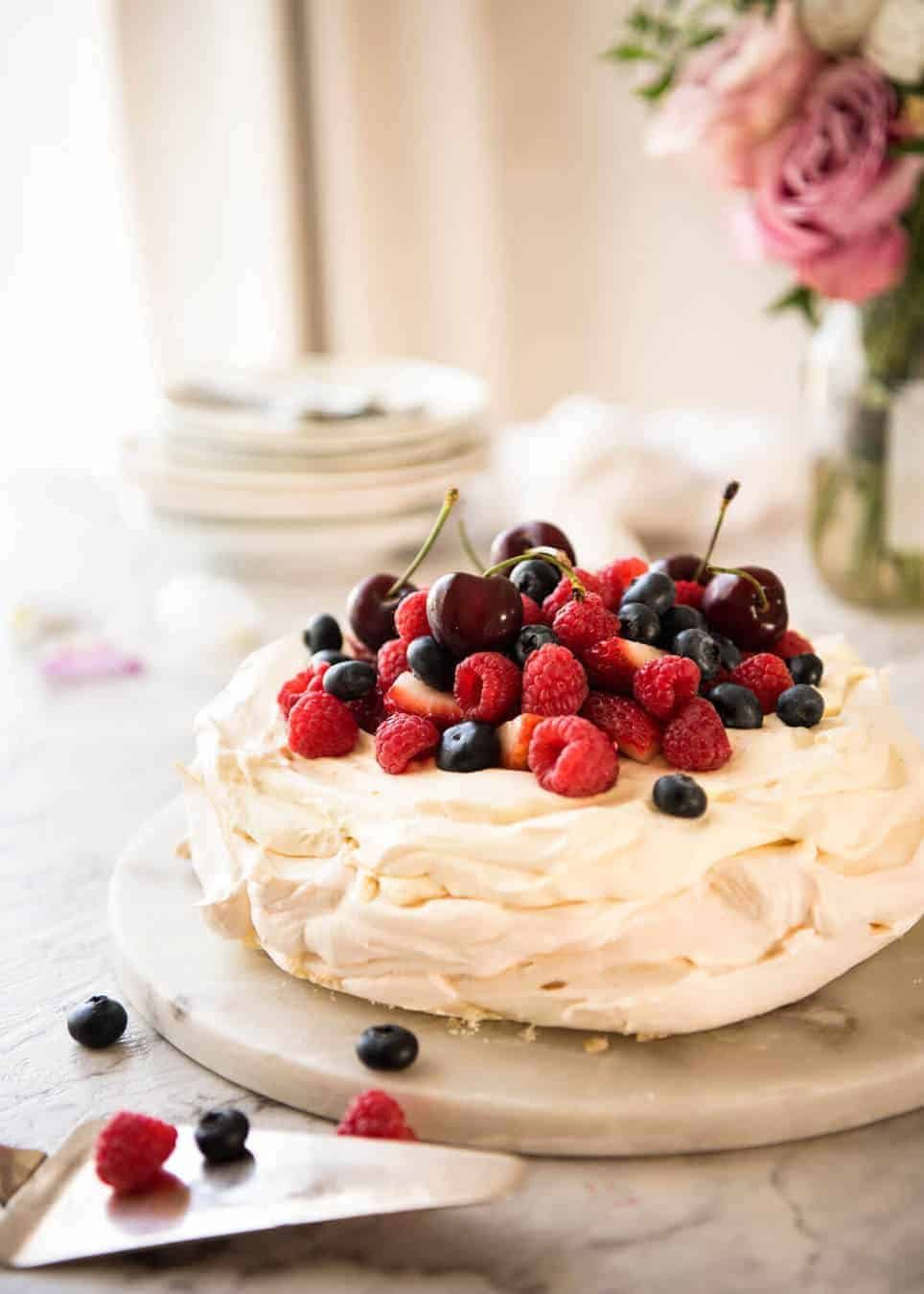
Pavlova
There is no greater summer dessert than the great Aussie Pav!
Pavlova is one of those desserts that is notoriously easy yet notoriously difficult. I think many people are scared to make it. Others have lamented that you should just accept that it will come out of the oven quite cracked.
Though I’m going to be sharing my tips for a perfect near-flawless pav (including a few you may have never heard of before!), first up, let me be clear about one thing – it does not matter if it cracks!! Even if it cracks severely.
Just do your best to piece it back together, using cream as a glue and to hide the worst cracks. It only needs to hold together for you to place it on the table, for everyone to ooh and ah over it, for you to have your moment of glory.
The minute it gets cut to serve it up, it doesn’t matter. Even a perfect pav looks like a mess once it starts being served!
But as it so happens, if you follow my tips, I’m confident you’ll have a crack-less near-flawless Pav… 😉
With the recipe video and my secret tips, this Pavlova recipe is easy to follow and you’ll nail it every single time!
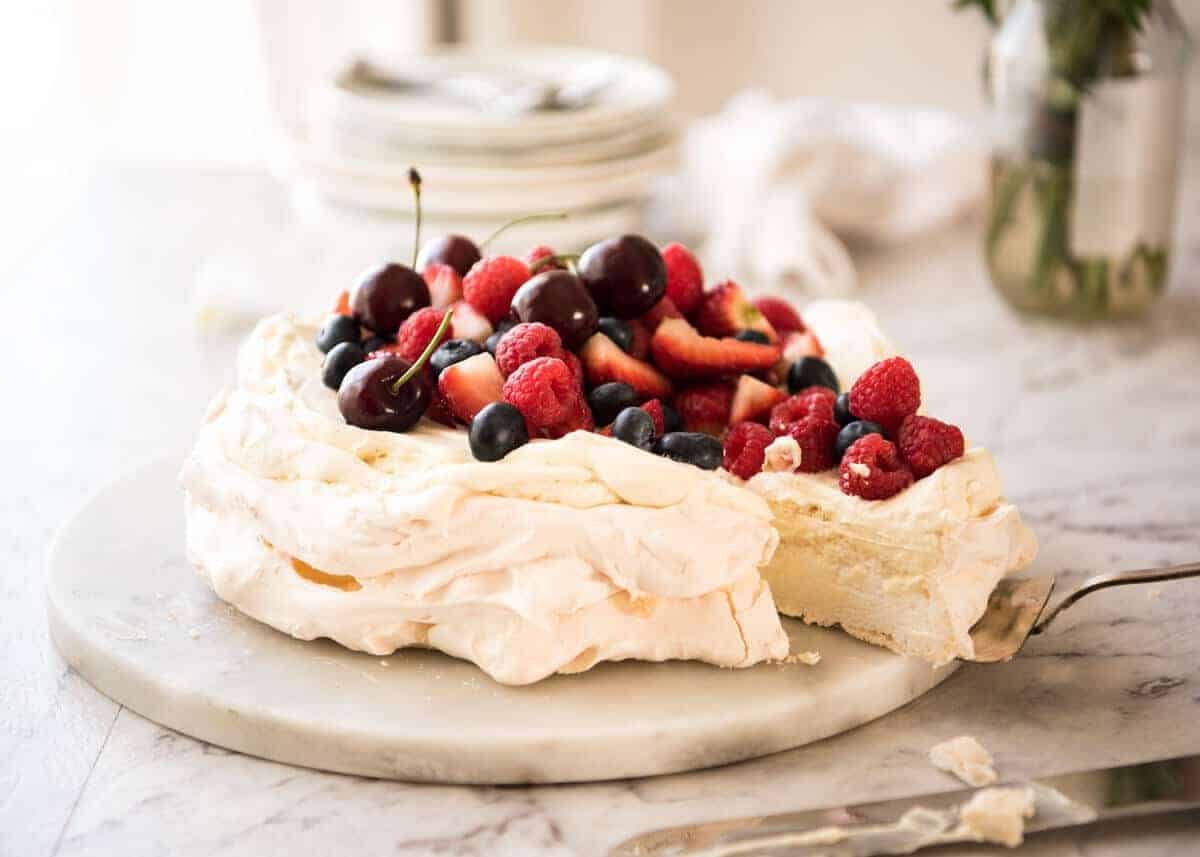
Tips for a perfect pavlova
I’ve seen many “no-fail pavlova” tip lists, but I’ve never seen a list with all of these, mainly because some of them are my own, discovered after many trial and errors!
1. Measure the egg whites by volume. This is a big tip! “4 egg whites” can range from anywhere between 100 – 180ml (3 – 6oz) depending on the size of the eggs + how much egg white you manage to get out of each egg. The amount of egg whites used is key to a successful Pav!
2. Use fresh store bought eggs. Not eggs that have been hiding in the back of your fridge for weeks!
Got your own chickens? I’m jealous! BUT, don’t use freshly laid eggs for pavlova as they take longer to fluff up. Use eggs that are circa 5 days+ old. Store bought eggs are a safe bet. 🙂
3. Separate the eggs while fridge cold. Trust me, it’s so much easier than when they’re at room temperature. PS If you’re new to separating yolks from whites, just crack the eggs into your hand and let the whites slide through between your fingers. Jiggle your hand slightly to get all the whites off the yolk, and you’ll be left with just the yolk sitting in your fingers.
4. Not even a drop of yolk is allowed! Even a bit of yolk can ruin the whole batch i.e. it won’t fluff up. So if you accidentally get yolk in your whites, you can try scooping it out using a shell (also good tip for picking out shell bits) but if you think there’s any chance it has tainted the rest of the whites, start again. It isn’t worth the risk!
5. Bring egg whites to room temperature. They fluff up much better. So separate while cold, then bring to room temperature.
6. Make sure your bowls and whisk are clean and dry. Grease and water can stop whites from fluffing.
7. Use an inverted cake pan. For shaping (saves you drawing a circle on paper) and also ease of transferring the Pav to a platter. There is nothing sadder than pulling a perfect Pav out of the oven, only to have it crack when transferring it to the serving platter!
Tips continued below photo….you didn’t think I was done, did you? 😉
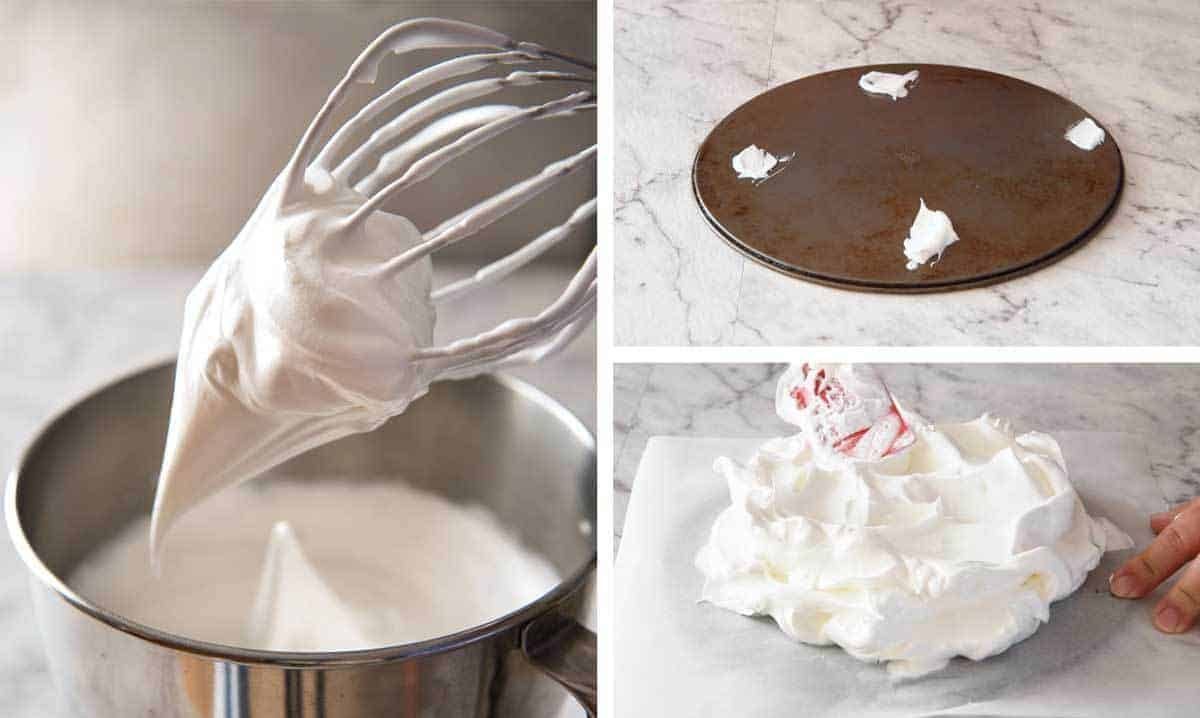
8. WEATHER WARNING!!! Heat and humidity. As it happens, Pav is a summer dessert but it is not conducive to being made in hot humid weather. It can cause the Pav to collapse during or after baking. I don’t know the exact temperatures and humidity % cut off points and had a number of epic failures before I figure out tips #9 – #13. Using the tips below, the Pav in the photos were made last week during a heat wave when it was 33C/91F and humidity was 65 – 75%. So if it is hot and humid where you are, do not skip #8 onwards, they were created especially for the Aussie summer!!!
9. Bigger is better….except in summer 😎 I know, I know. You want to do a giant pav. But honestly, for the sake of a Pav that doesn’t collapse on you, stick with 4 eggs. I can’t stress that enough. I’m speaking from experience here, having tried a few 6 egg pavs a few weeks ago. A 4 egg Pav will serve 8 -10 easily. 4 eggs doesn’t sound like much, but this expands. Any larger, and the risk of severe cracking is really high. At least, in hot humid weather. You can do giant Pavs in cooler months!
10. Don’t make it too tall. The taller the Pav, the greater the risk of collapse / severe cracking. In summer, I wouldn’t go higher than 5cm/2″. It will expand to about 7cm / 2.7″. You can do your taller Pavs in cooler months. 🙂
11. Make the edges sloped / dome like shape. Yes, a perfect cake-like shaped Pav with vertical smooth edges is pretty. But it’s also the most fragile shape. The shape of my Pav, almost like a dome but with a flat top, is the safest. Having the rugged surface also helps provide stability I find. (Really hoping an engineer reading this can explain why this is so in simple English, this is beyond my capabilities. I just know they are much more stable shaped like this!)
12. Preheat oven to a high temp, then turn down. The initial high temp really helps to get that crust kick started to stabilise the meringue.
13. Bake on a very low temp for longer – This keeps your Pav nice and white (so pretteee!). I bake mine at 100C /210f (fan/convection) or 115C / 240F (standard). Also baking for longer at a lower temp again helps with stability (higher temp can cause Pav to puff too fast which then collapses later).
14. No peeking and no thundering through the kitchen!! Seriously, I am NOT joking. Peeking = loss of heat / door slamming = collapsed Pav. Thundering through kitchen with timber floors (I’m glaring at a certain giant fur ball as I write that) = collapsed Pav.
15. Leave in oven overnight. Or all day. Letting it cool down gradually = less cracking risk. Also in summer, especially on hot humid days, where better to leave the Pav than in a sealed almost-airtight oven?
16. BE GENTLE when topping the Pav! Hanging my head in shame. I once tipped a bowl of strawberries on a Pav and watched in dismay as it sank. Place the topping on gently by hand.
17. Make extra cream. No, not for serving. To use as glue / disguise cracks / in case it sinks. Remember the beauty of the Pav – even in a severely destroyed state, it can still be made to look pretty with cream and fruit!
Follow those tips for my Pavlova recipe, and this is what will come out of the oven even on a 33C/91F day – a near perfect Pav. 🙌🏼
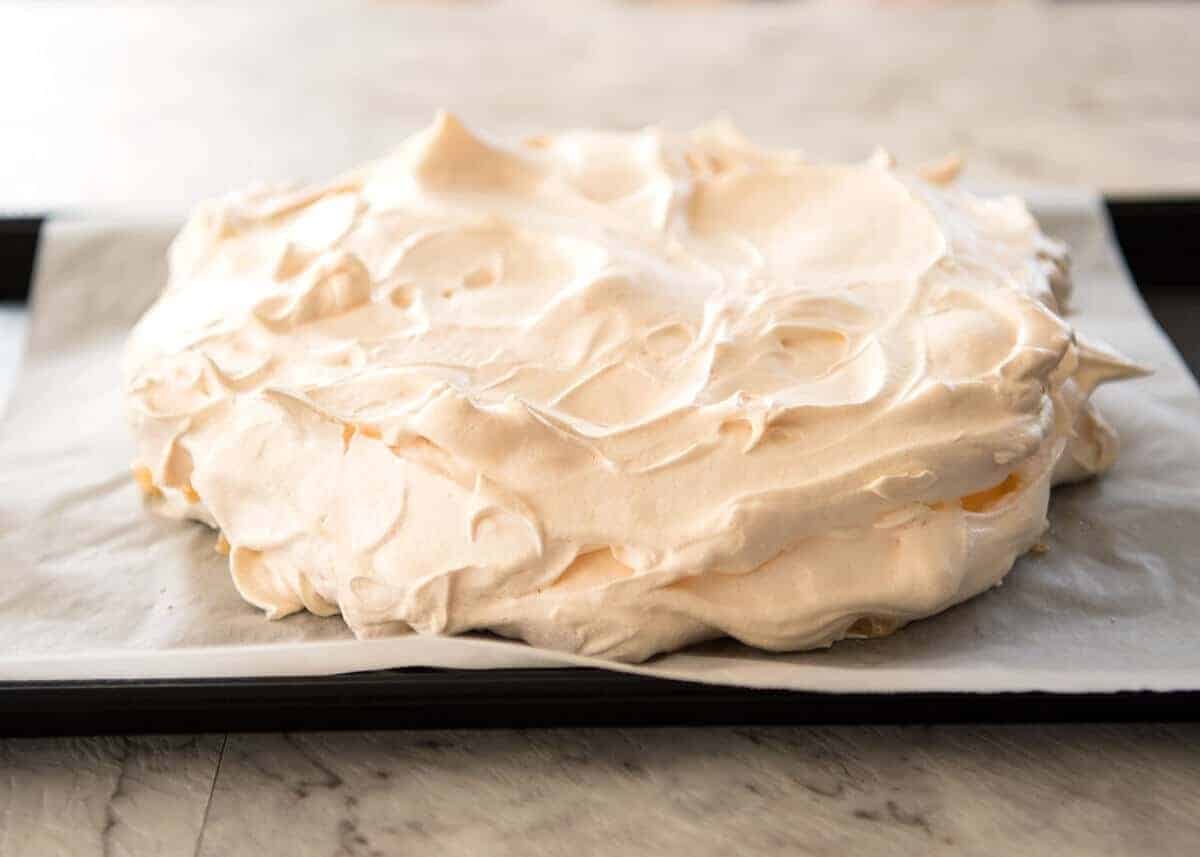

Top with cream and berries, or whatever fruit you want! I totally forgot to put passionfruit on this. I do feel like passionfruit and Pav is just quintessentially Aussie!
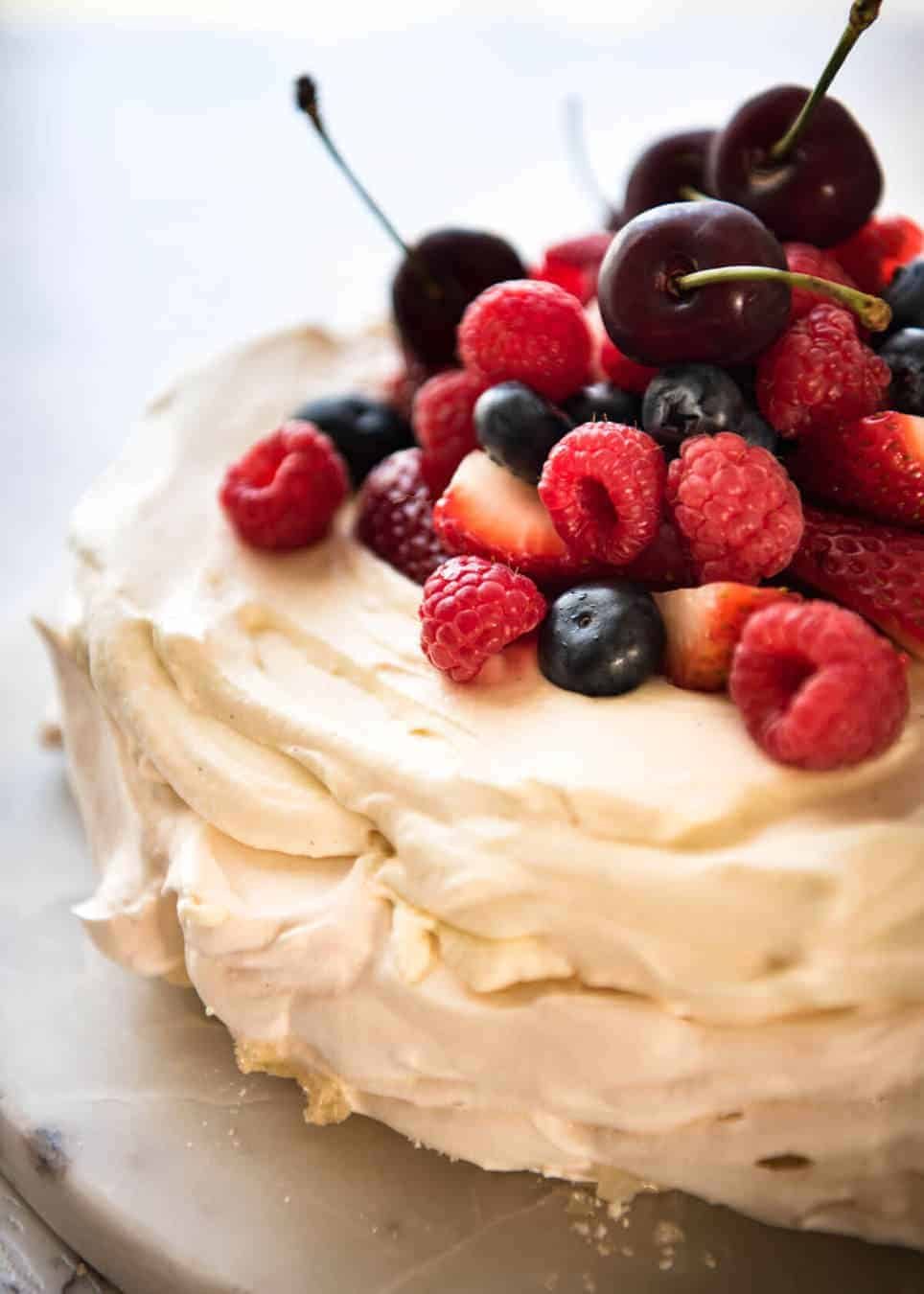
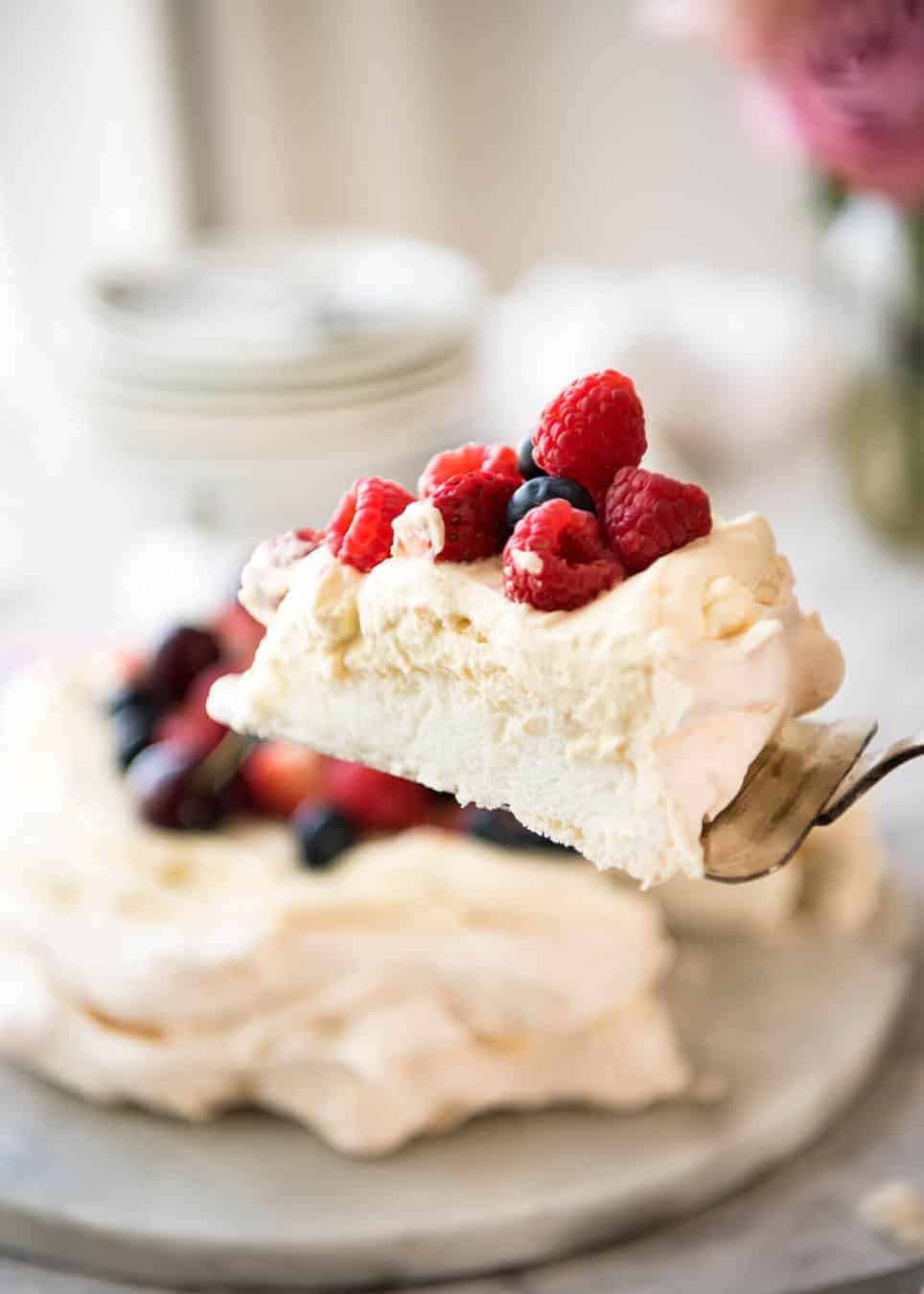
And that moment when you place if on the table, when everyone oohs and aaahs over the beautiful Pav…lap it up. You totally deserve it. 😉
Marshmallow on the inside. The softest most delicate meringue on the outside. Smothered in softly whipped cream and piled high with fruit… I truly cannot think of a great Aussie summer dessert. – Nagi x
PS. If it’s Christmas time however, you can take Pavlova to a whole new level – literally – with my showstopper Pavlova Christmas Tree! Or, serve up a platter of adorable Mini Pavlovas!
I love pav.
See?
Watch how to make it
Pavlova recipe video! Excuse the lighting and colour balance, it’s all over the place because it was filmed over a couple of days. 😇
Hungry for more? Subscribe to my newsletter and follow along on Facebook, Pinterest and Instagram for all of the latest updates.
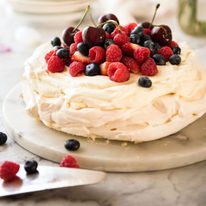
Pavlova!!
Ingredients
- 150 ml / 5 oz egg whites (4-5 eggs fridge cold eggs) (Note 1)
- 1 cup caster sugar (superfine sugar)
- 1 tbsp cornflour / cornstarch, sifted
- 1 tsp white vinegar
Cream
- 1 1/2 cups thickened cream / heavy cream (any whipping cream)
- 1/4 cup caster sugar (superfine sugar)
- 1 tsp vanilla extract or essence
Topping
- Fruit of choice. I used: raspberries, blueberries, strawberries and cherries.
Instructions
- Separate the whites and yolks while eggs are cold. Measure 150 ml/5oz egg whites (just shy of 2/3 cup, 140 – 160ml is ok).
- Set whites aside to come to room temperature.
- Preheat oven to 170°C/340°F (180°C fan-forced).
- Place whites in a bowl. Use a stand mixer (I use speed 7) or handheld beater (high) and beat until soft peaks form (Note 2)
- Add sugar 1 tbsp at a time, beating as you go. (Note 3)
- After adding the sugar, beat for a further 3 minutes or until thick and glossy. Rub a little of the fluff between your fingers, there should be no sugar grit – that means it is ready.
- Add cornflour and vinegar, beat on low for 5 – 7 seconds (or fold through with spatula) until just mixed through.
Making the Pav (Note 4)
- Get the base of a springform cake pan (24cm/9.5″ or larger) and turn it upside down. Dab meringue on the edge and place a piece of baking paper (parchment paper) on top.
- Gently place half the fluff onto the paper. Use the cake pan as a guide to make it round and coax it into a circle shape around 20cm / 8″ in diameter (Note 5).
- Carefully scoop out the remaining fluff. Now coax it into a dome shape (not a cake with straight smooth sides) with edges sloping in slightly. Flatten top. Make it 4-5cm / 2 ” high – not much higher. (Note 5). See video / photos in post. It will rise/expand.
- Transfer to baking tray. CAREFULLY place in the oven, GENTLY close the door and turn oven DOWN to 115°C/240°F (100°C fan).
- Bake for 1 1/2 hours – no peeking, no thundering through kitchen! (Note 6)
- Turn oven off, leave the door closed and leave Pav in the oven overnight to cool (I’ve done 18 hours).
- Transfer Pav to serving platter then slide cake pan out from underneath. Use butter knife if required to loosen edges from paper, then slide paper out from underneath.
- Just before serving, top with cream and fruit of choice.
- Serve and be a rock star!
Topping
- Place cream, sugar and vanilla in a bowl. Beat cream until it is thickened and just holds its shape – don’t overbeat, it should be silky smooth, not speckled with bubbles and stiff.
Recipe Notes:
Nutrition Information:
More Aussie favourites
LIFE OF DOZER
Waiting for the Pav to fall on the ground….
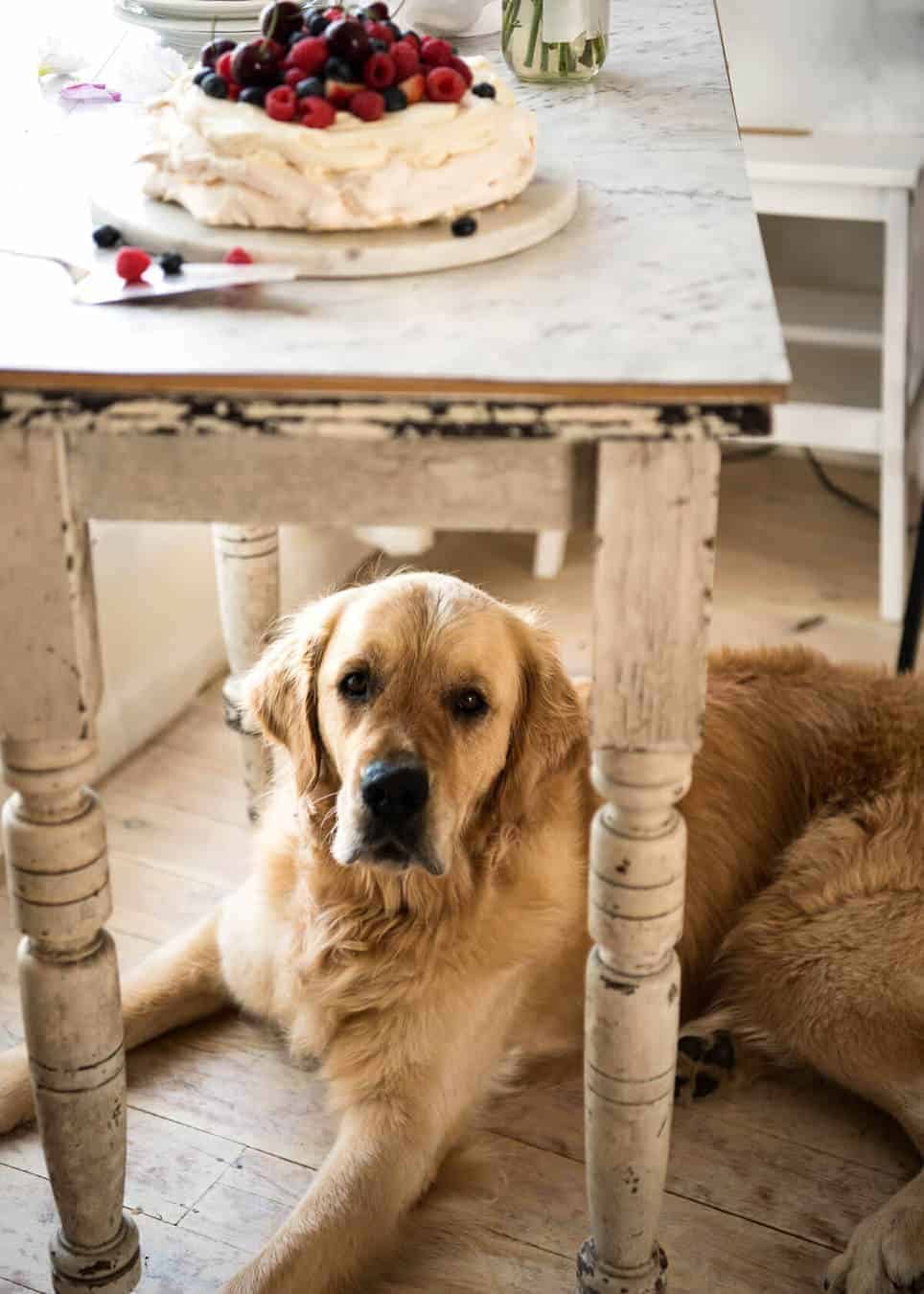
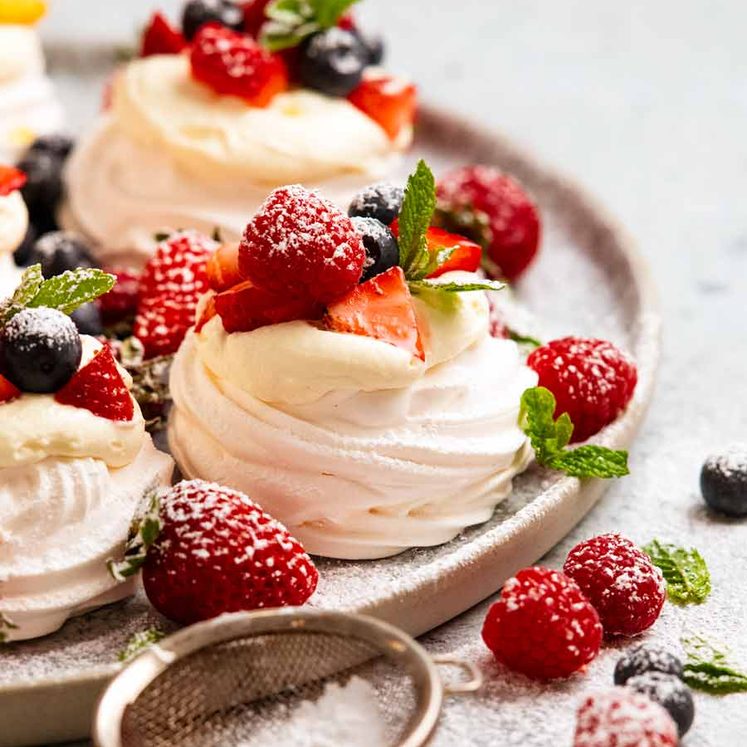
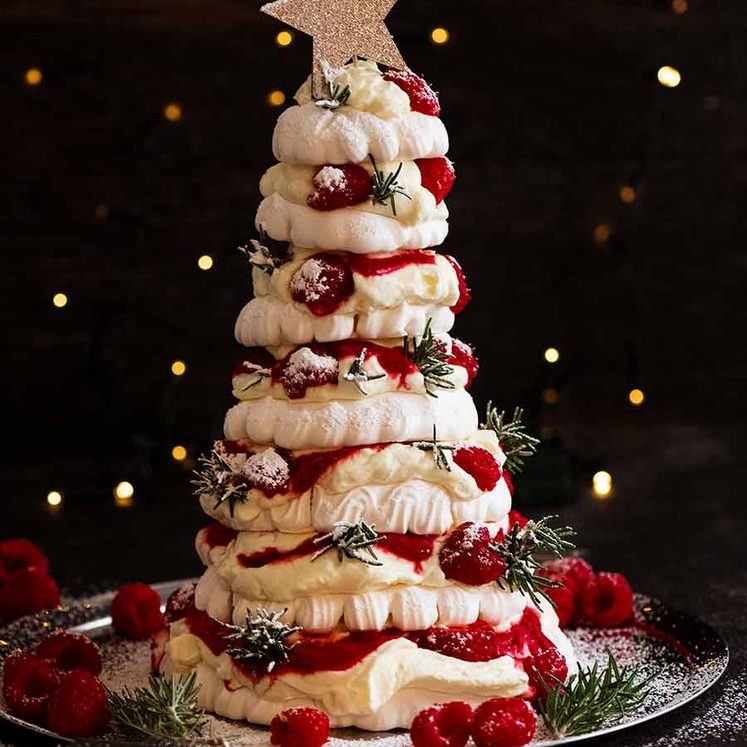
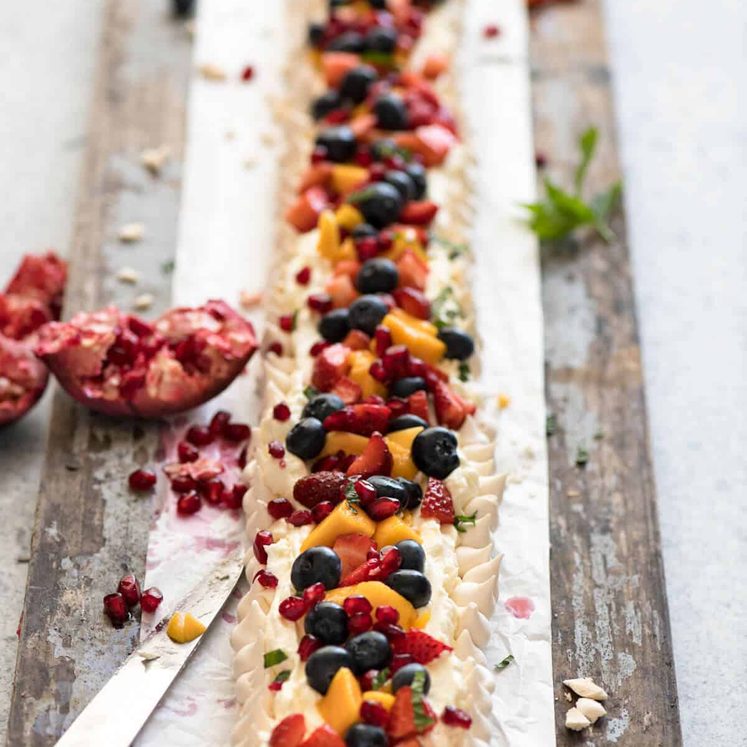
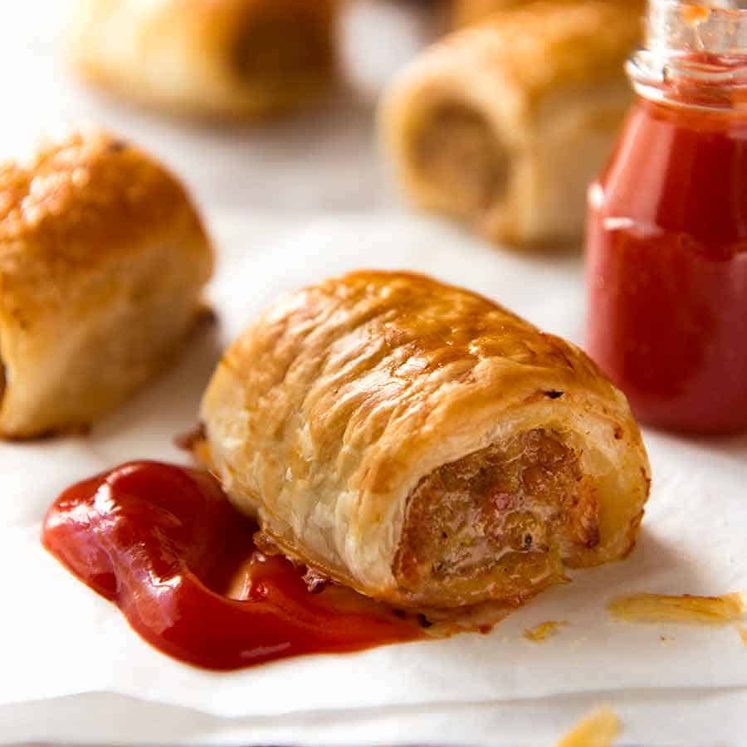
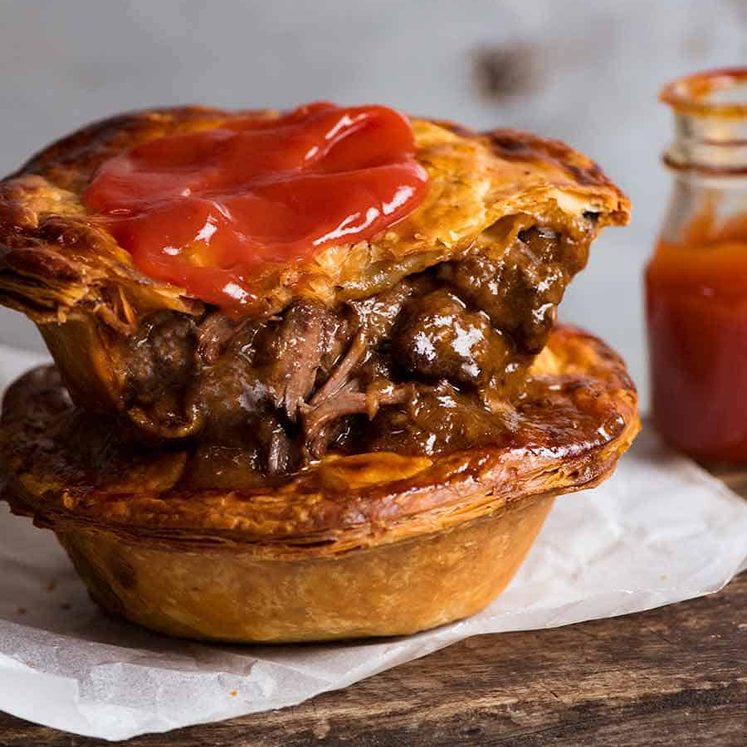
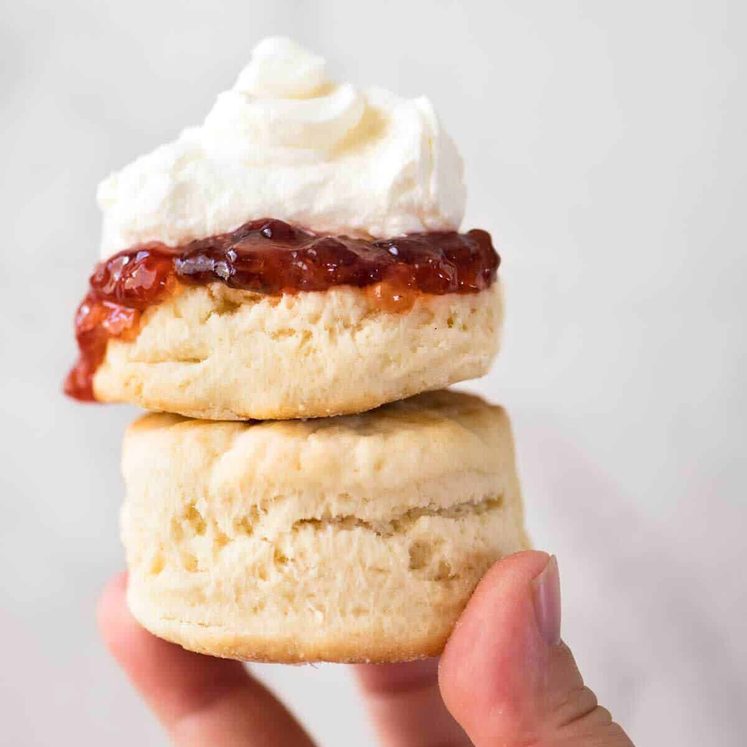
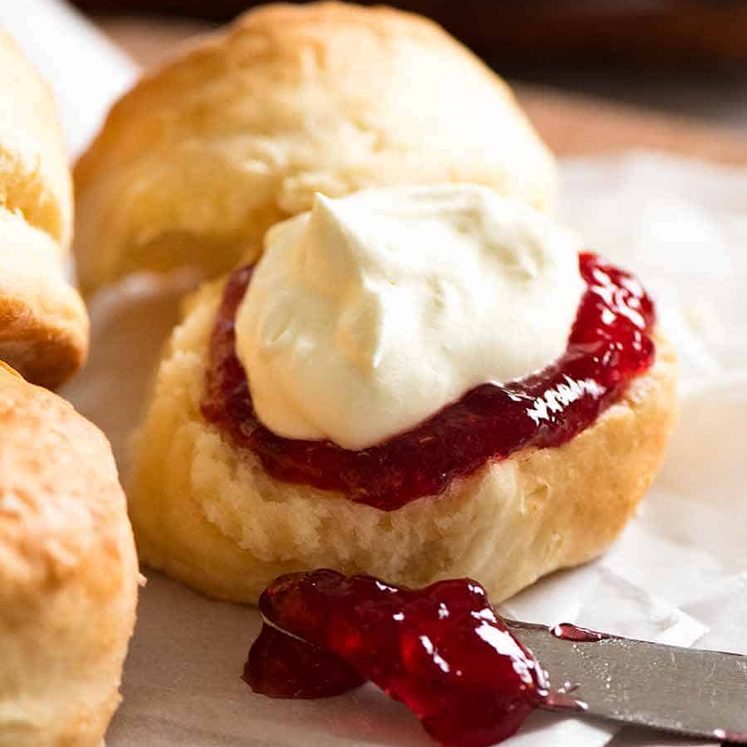
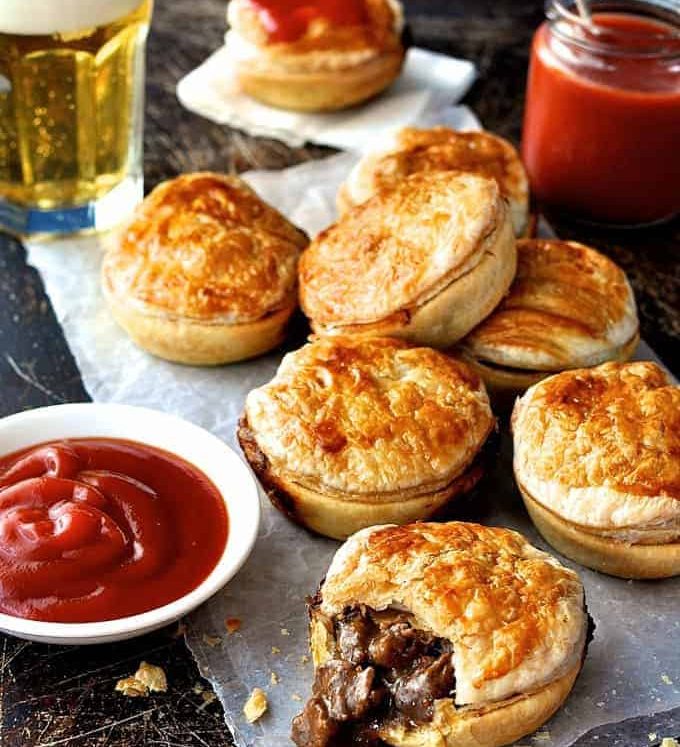
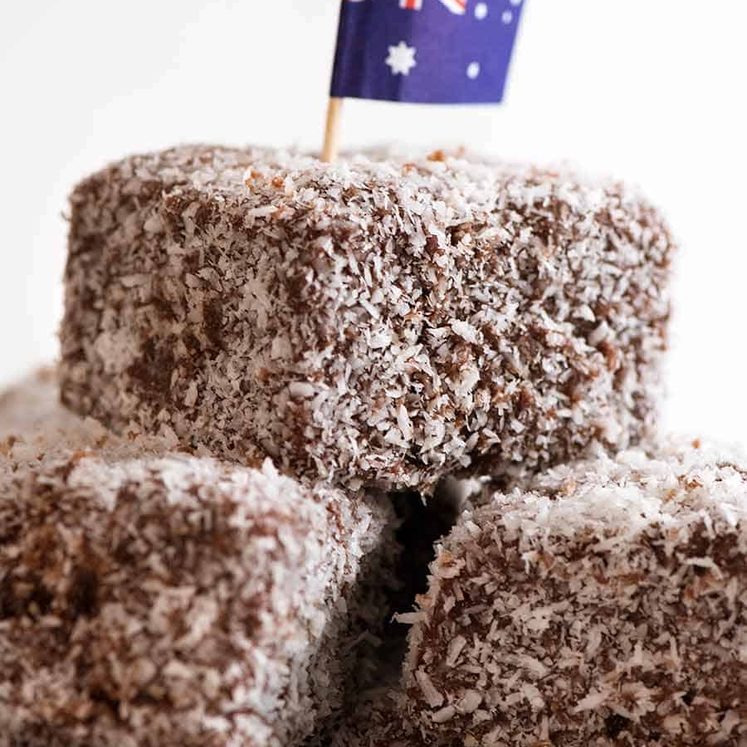
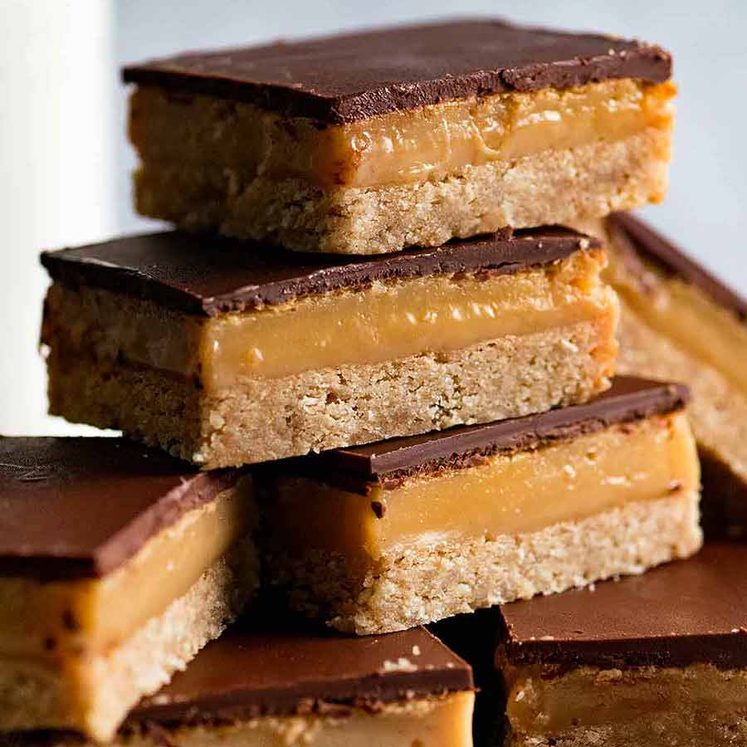
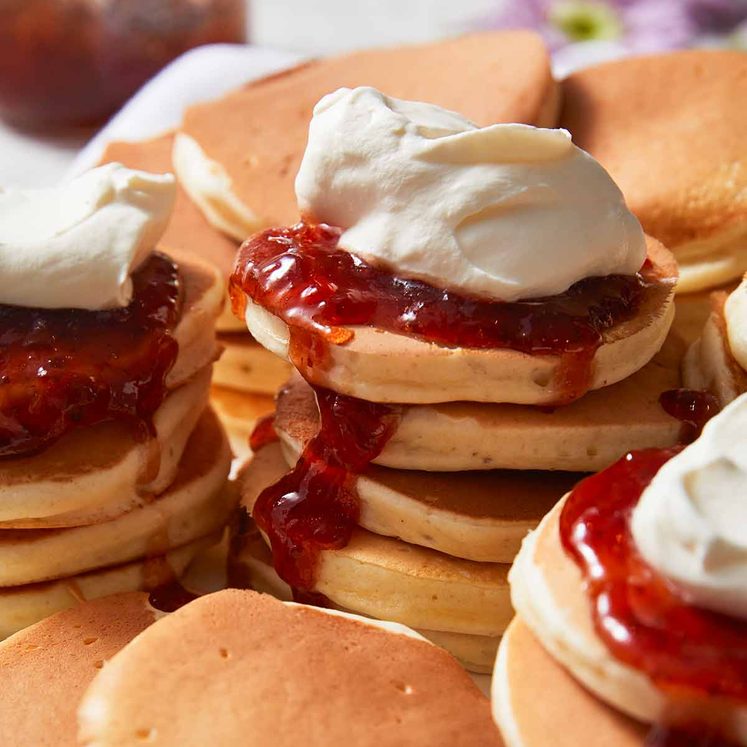

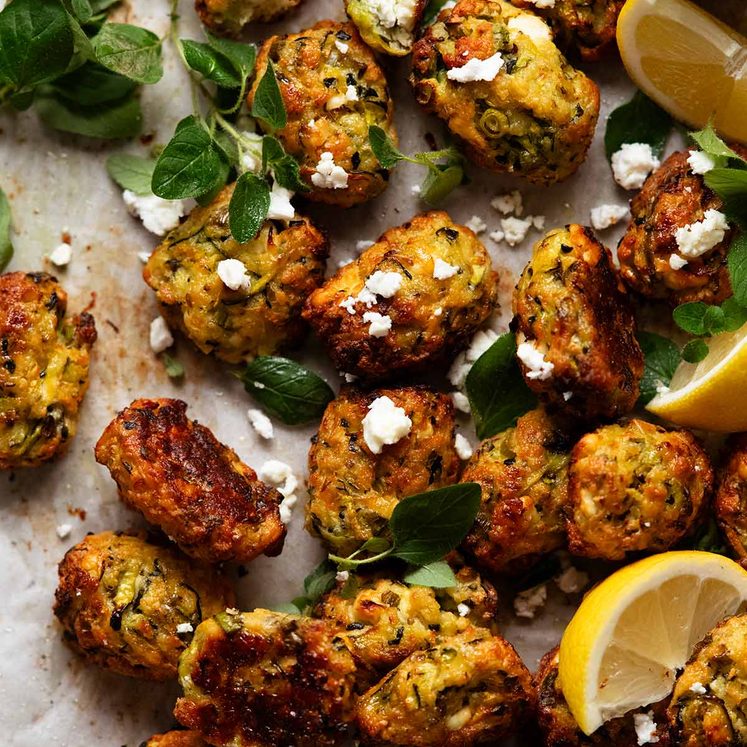
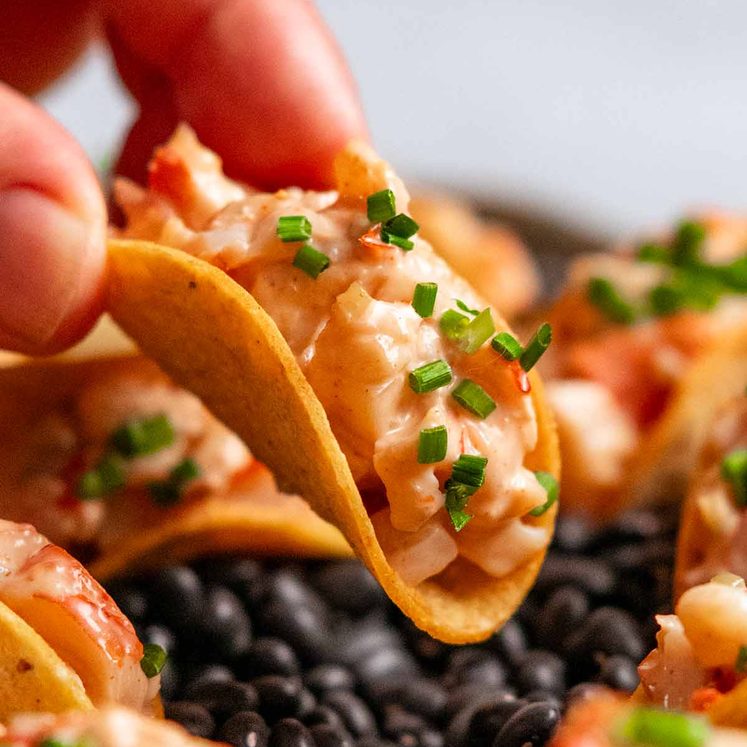
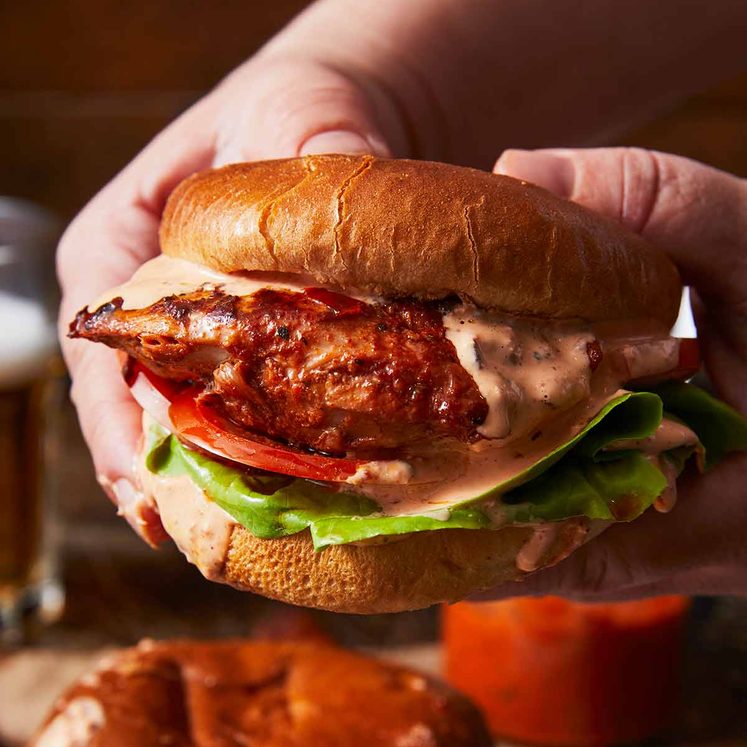
So I have been making pavlovas for about 10 years, since they were introduced to me by a Hungarian chef that cooked for a special needs camp I worked for briefly in college. In the USA, nobody really has ever heard of pavlovas, so even though my results were inconsistent and usually overbaked, I was the only one who knew what it was supposed to be like, and the pavs were always a hit. I, however, was unsatisfied. Fast forward to last year when I stumbled upon this post on Pinterest. I have literally had perfect pavlovas every time using your recipe and tips, and I have made a Pav at least once a month since then because they are turning out so well! Thank you!!!!
LOVE HEARING THAT Melissa! N x ❤️
Can regular cane sugar be used instead of the castor sugar?
Put regular sugar in blender on high and this will make the sugar superfine.
Not sure for this one Liz, sorry!
I would like to make tiny individual pavlovas. Do you have tips on how to make this come out nicely?
Hi Carl! Use a piping bag to make nice rounds then a knife to smooth the top 🙂
Oh good thinking! Do you have a guess as to how long these might take in the oven if I make them about 1.5 inches across and maybe an inch high?
Maybe 40 minutes?? Same temp – very low. Go by touch – when they feel dry and lift off the tray you know they are ready 🙂
The tips and recipe instructions are so great on this. After my failed attempt many years ago at making one (and swearing off trying to make them forever), I have made two perfect pavlovas this week!
That’s so great to hear Elise! Thanks for sharing your feedback – N x
This pavlova is absolutely wonderful! I was intimidated at first by the long list of tips, but they are so worth following, and once I got to the assembly stage (i.e. put the whites in my mixer), it was a breeze and I found myself humming the music from your video! I had to leave it in my oven for 18 hours, and it came out lovely, and held itself up beautifully! This is the first successful pavlova I’ve made in years – thank you so much, Nagi!
That’s terrific to hear Einzel! Thanks for taking the time to let me know – N x
Nagi, thanks for the tips! I’ve made it yesterday and after 1 1/2 hours, turned off the oven it was tall and pretty , I did not open oven and leave it all night , today when I came to see it was thin as a piece of paper! Could you help me and tell what went wrong please! Thanks
Do you have to let it cool that long? Can you eat it semi warm?
Please note: pavlovas originated in New Zealand, not Australia!
Thank you, thank you, thank you! Your video and tips were so helpful, and my pavlova turned out perfectly because of it! It is definitely one of our very favorite desserts. My whole family loves it. We topped ours with strawberries and kiwi.
I love hearing that Alexis!! Thanks for letting me know you enjoyed it! N x
Hi! Thanks for the tips, but I have a question: I live in Portugal and I make pavs for Christmas and New year’s eve. Here is winter and the temperatures are down. As I live by the sea the humidity is high.
So, can you give me some tips for my pavs won’t collapse or melt in the oven?
I have made one that had a kind of a syrup in the base… So frustrating…
Hi Claudie – I live right by the ocean and it is extremely humid here, and this recipe was developed especially for those conditions!
This is by far the best pavlova recipe I have tried, and I’ve tried a lot. Measuring the egg whites is genius. My granddaughters get so excited when I tell them we’re having a pav for dessert.
I love hearing that Anne, thank you so much for letting me know you enjoyed it! N x
Hey .. I haven’t made pavlova before .. after watching this video of yours i want to make it so badly.. so soft An looks yummy.. thanks for sharing your recipe.. 🙂
Hope you do! it’s SO GOOD!
Hi Nagi! Freshly many things from Mexico for this lovely recipe! I am making it for the first time but can’t seem to make any of the stiff peaks Once Inadded the sugar. Any advice for next time?
Firstly* many Thanks* lol
How can you tell if it’s actually finished baking? Does it look dry or no longer white? I don’t want it to be crispy all the way through. I can’t wait to try this.
Hi Lauren! Pav’s should be as white as possible 🙂 You can tell when it is finished baking because you can lift the pav off the tray without the shell crumbling, or you can tap the shell and you’ll know it’s crisp and firm. The inside won’t be crispy!!! The way the meringue is made snares that 🙂 N x
Absolutely amazing! I have never made pavlova before and I don’t eat it so I didn’t really have a clue what was going on, but I hve made so many of Nagi’s recipes before and all have been a massive hit with my husband. I followed all of your instructions to a T. I increased the recipe by 50%but cooked it for the same time and turned out amazing. I creepily watched everyone on Christmas day when they were taking their first bites to see looks ofapproval. Some noticed my creepy staring so I had to put a stop to that.
Thank you Nagi for sharing your amazing recipe and instructions!
I just made this tonight. The pav is now sitting in the oven. It definitely looks lovely and white, but I noticed a bit of liquid sleeping under the pav though. Did I do something wrong? Will it make the bottom soggy tomorrow?
I meant as in it finished it’s cooking time and has been hanging out in the oven to cook. I promise I didn’t peek at all whilst cooking! XD
Hi Nagi!
I live in humid Singapore and I’m counting on cooler year end weather for pavlova success tonight – fingers crossed! I was wondering how to change it up if I want to do small individual pavs instead? Just to make it a little easier to transport. Thank you and happy holidays!
Cheers,
Jen
My pav is in the oven as we speak getting ready for tomorrow but I’m scared I haven’t whipped the eggs long enough as there seems to be a little bit of liquid on the baking paper 🙁
Have faith Sophie! Did you do the rubbing test between your fingers to ensure there was no sugar grit?? 🙂
If I’m making a wreath shape (hole in the middle) should I reduce the bake time?
Hi Rikki! Yep, I think around 1 hour 15 minutes will be enough, just a touch less 🙂
Hi, Love your directions and excellent guidelines. My meringue is in the oven, it looks perfect. Its been about 20 years or more since I have made this dessert and now have a 1950 gas stove with an oven pilot light. Do have any recommendation on how long I should leave the pavlova drying in the oven once I turn it off? I read your comment about leaving your meringue in the oven 18 hours.
The pilot temperature works nicely for proofing bread. Racks feel warm to touch but are easily moved with bare hands if that gives you a clue to temp but have never tested just pilot light warmth.
thank you
Hi Michele! So glad you found my recipe useful!!! At a minimum, leave the pav in your oven until it cools but you can even leave it 24 hours ie storing it in the oven rather than in a container. I have left it in there for 48 hours!
Where are the marshmallows in this recipe???
Thanks!
HI Mary Beth! The inside of the pavlova is “marshmallow-like”!
This recipe looks amazing! Can’t wait to try. Do you think it would be a issue using sugar substitute like Splenda? I want to make a low carb version of this.
Hi Jennifer! Unfortunately I don’t know if Splenda will work, I haven’t tried it and don’t know enough about food science to know if it will be ok. Sorry!